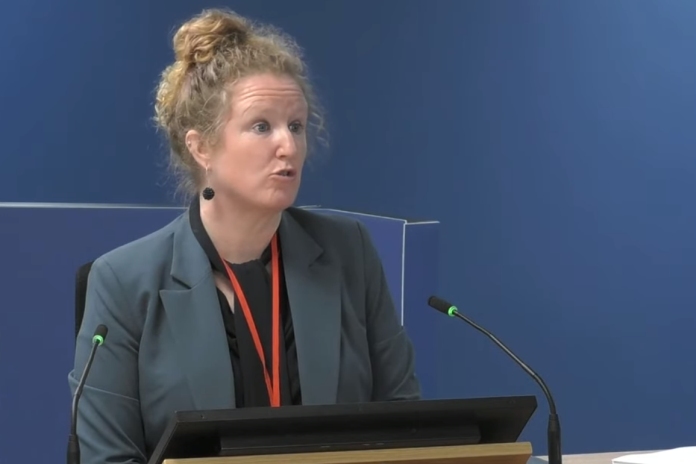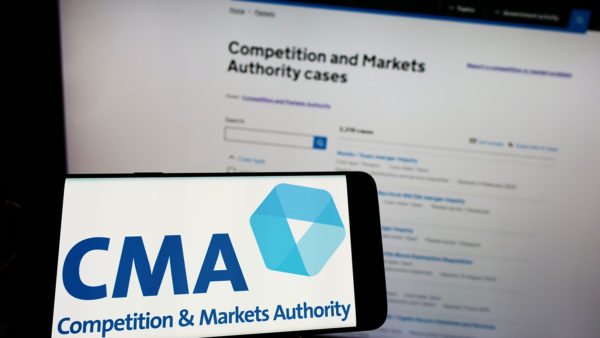
The ‘class 0’ classification indicating that materials adequately resist the spread of fire over the external walls of high-rise buildings “degraded with time”, an expert witness has told the Grenfell Tower Inquiry.
Dr Barbara Lane, a chartered fire engineer and a director of Arup, told the Inquiry how the external surface of a building and the insulation behind it “have been considered separately for several decades” in terms of fire performance, and that class 0 had been the reference for external surface performance since 1965. Over time, its definition had been “reduced” from non-combustible materials throughout, she said.
She added that the role of the substrate was removed from the statutory guidance document “yet both the national and European reaction to fire testing regime very carefully sets out rules regarding substrates and their impact on fire performance when testing”.
Reynobond PE, the cladding used on Grenfell Tower, was given a British Board of Agrément (BBA) certificate rating it as Class 0. The Celotex RS5000 insulation product used behind the cladding during the refurbishment of Grenfell Tower also had fire rating classification of class 0.
Dr Lane’s evidence appeared to suggest that there were flaws in the fire testing regime.
She highlighted how the regime is associated with “internal room phenomena”, despite being relied upon in the statutory guidance document to reduce danger from fire spread up the external face of a building.
Meanwhile, she detailed how the national reaction to fire tests include just one surface spread of flame test, and this measures spread in the horizontal direction, rather than the vertical.
She also warned that the “window of assessment” of the data from the large-scale British Standard 8414 test, which relates to the fire performance of external cladding systems, is early in the fire and “may be before peak temperatures are measures for relevant cladding materials”.
Dr Lane said: “Extensive work seems to have gone into defining these tests, how to derive results from them, and how to rely on them to classify construction products and materials. It would be of considerable interest to hear the perspective from those that created and monitored the reaction to fire test standards in this country, those companies that carried out the tests, those companies that issued classification reports, and those companies that issued certificates, their understanding of how those parameters were derived, how those parameters were relied upon, and how relevant they consider them to be to the fire performance of external walls.”
The Inquiry continues.









